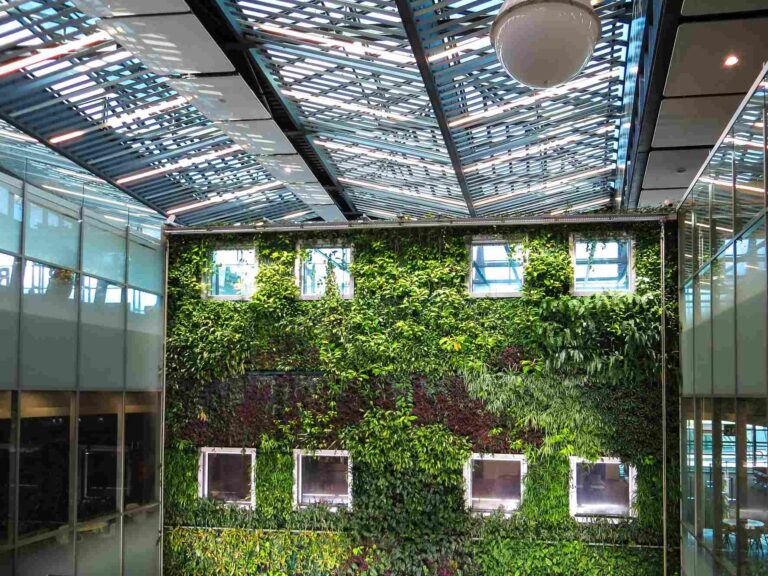The LEED protocol is the world’s most widely used green building certification. Almost half of the world’s total energy consumption can be attributed to the buildings sector. And that’s not all. It should also be noted that buildings also produce 40 percent of pollutant emissions, as well as 38 percent of waste.
These figures tell us that there can be no green breakthrough without a major change in the building world. Starting with intelligent use of materials and careful application of the principles of environmental sustainability and circular economy.
In the wake of these thoughts, a number of internationally recognized certifications have been gradually developing in recent years, with the aim of certifying the level of environmental sustainability of different buildings. Among the most popular sustainable building protocols worldwide is undoubtedly the LEED certification.
Table of Contents
What is the LEED certification for sustainable buildings
The LEED protocol is the most widely used certification worldwide in the building industry. LEED is in fact an acronym for Leadership in Energy and Environmental Design.
The LEED protocol was born in 1993 in the United States and issued by the USGBC (United States Green Building Council). LEED certification, it should be noted, is adapted by different countries according to their own regulations.
In general, it is important to know that LEED certification can be awarded to any type of building, from residential to commercial, going to certify design, construction and building material.
It is, in any case, a voluntary program. It is up to builders and owners to move to apply for and receive sustainability certification so as to enhance a building’s green features. Receiving a LEED certification, of course, means giving the building an absolutely added value.
The purpose of the LEED protocol is to increase the level of energy and water savings in buildings, while decreasing carbon dioxide emissions in parallel. That’s not all: LEED protocols also take into consideration the ecological quality of indoor environments, site selection, and so on.
LEED protocol: criteria and scores
How can a building receive LEED environmental certification? This protocol involves the assignment of an overall score. Above a certain point threshold, the valuable certification is awarded.
The areas considered, in more detail, are eight (according to version 4.0 of the U.S. protocol). In each area there are multiple items, each of which can receive a different score. In any case, here are the eight categories currently used:
- Transportation and Location
- Site sustainability
- Water Resource Efficiency
- Energy and Atmosphere
- Materials and Resources
- Indoor Environmental Quality
- Innovation
- Regional Priority
The LEED certifying body looks at each of these areas, assigning different points. The minimum score to receive LEED certification is 40 points (in which case you will receive basic LEED certification), while the maximum achievable score is 110 points, which gives access to the prestigious LEED Platinum certification.
There are also two intermediate levels, namely Silver certification (between 50 and 59 points) and Gold certification (between 60 and 79 points).
It should be mentioned, however, that the weight of the different areas is not uniform. The proportions change depending on the type of buildings to be certified (a residential building rather than a school, a hospital instead of a commercial building, and so on).
However, the most important area is the energy aspect, which can weigh up to 30 percent of the total score, while the area devoted to regional priorities has a weight of less than 4 percent.
Read also: New EU directive on green houses, by 2030 conversion to energetic class E












